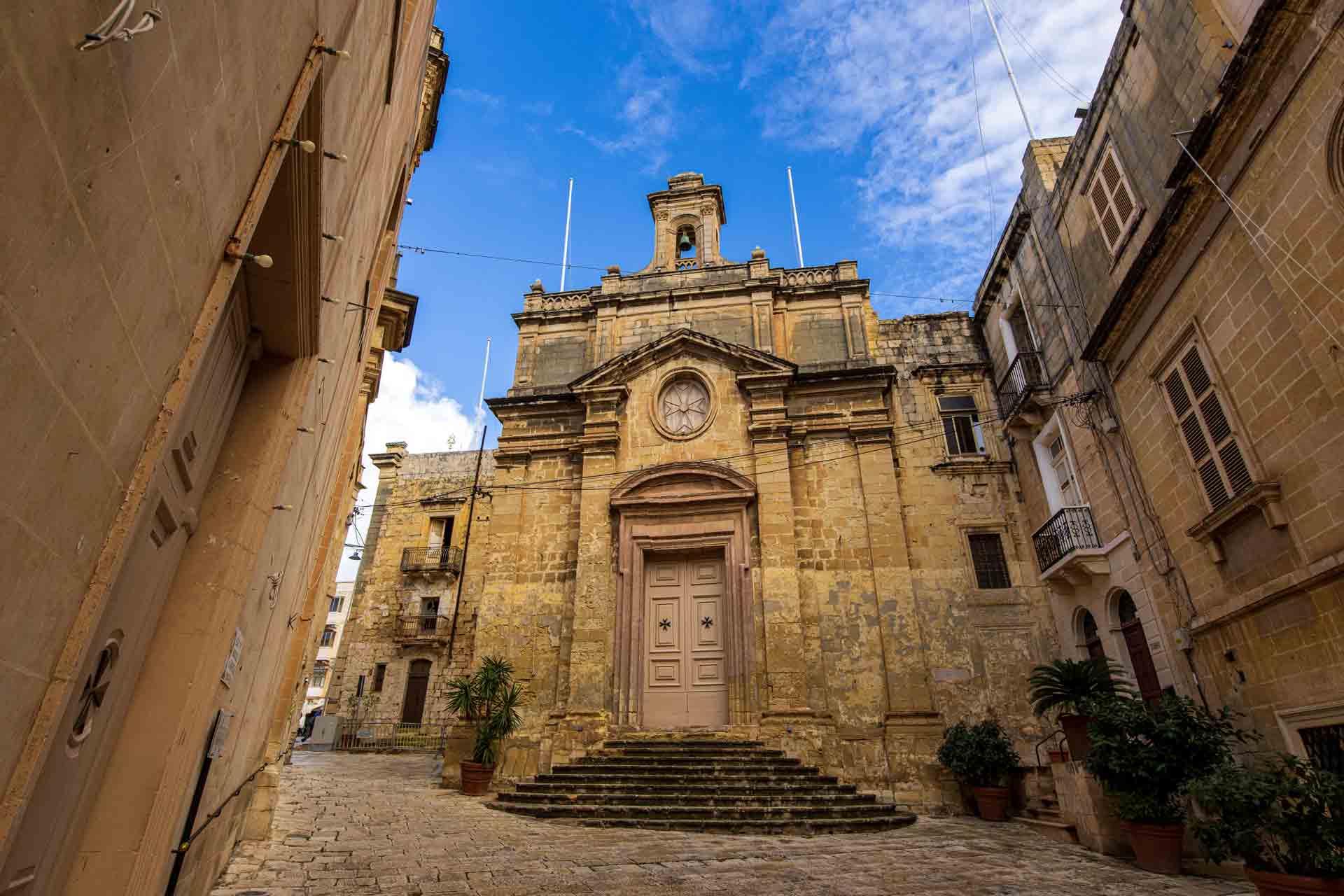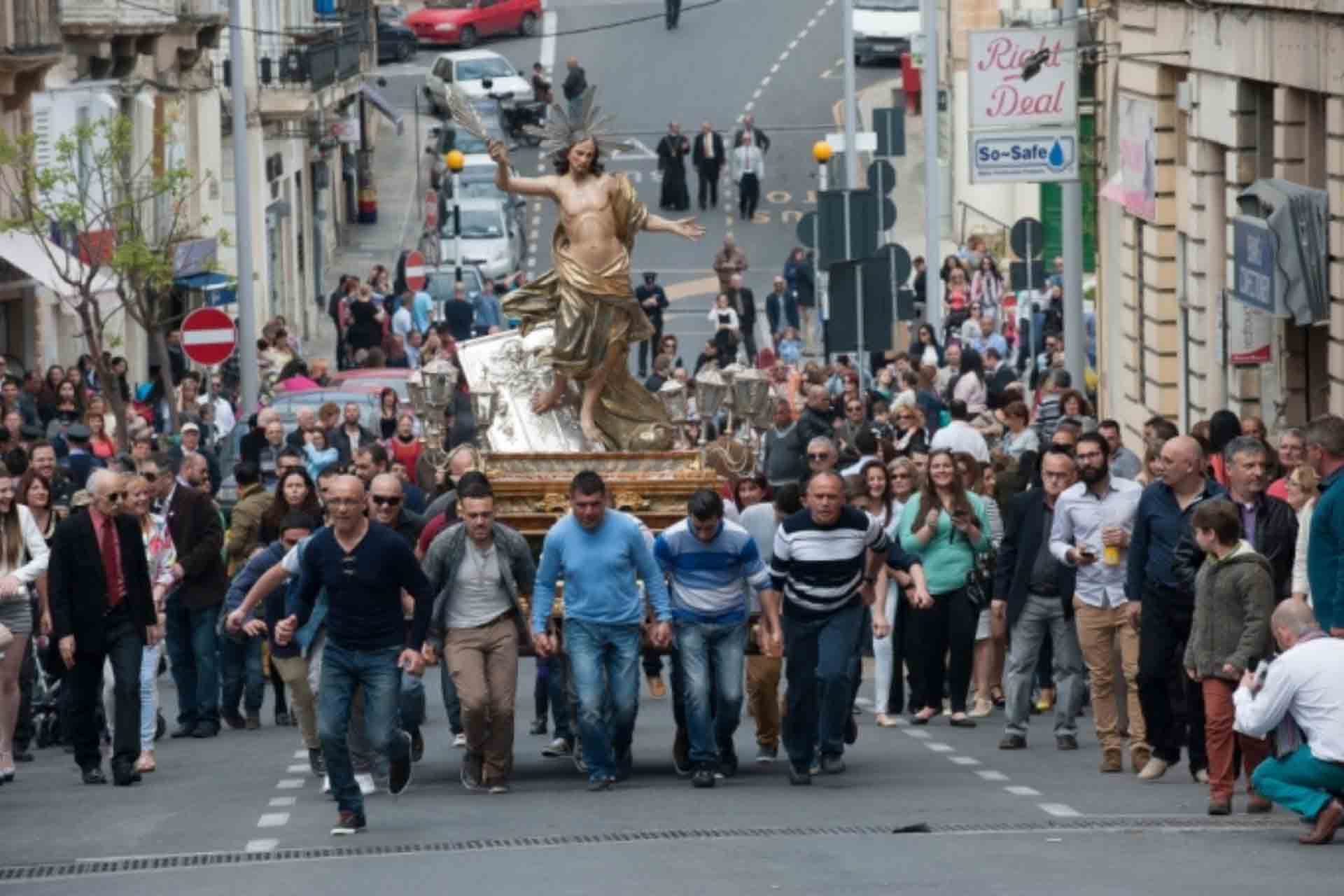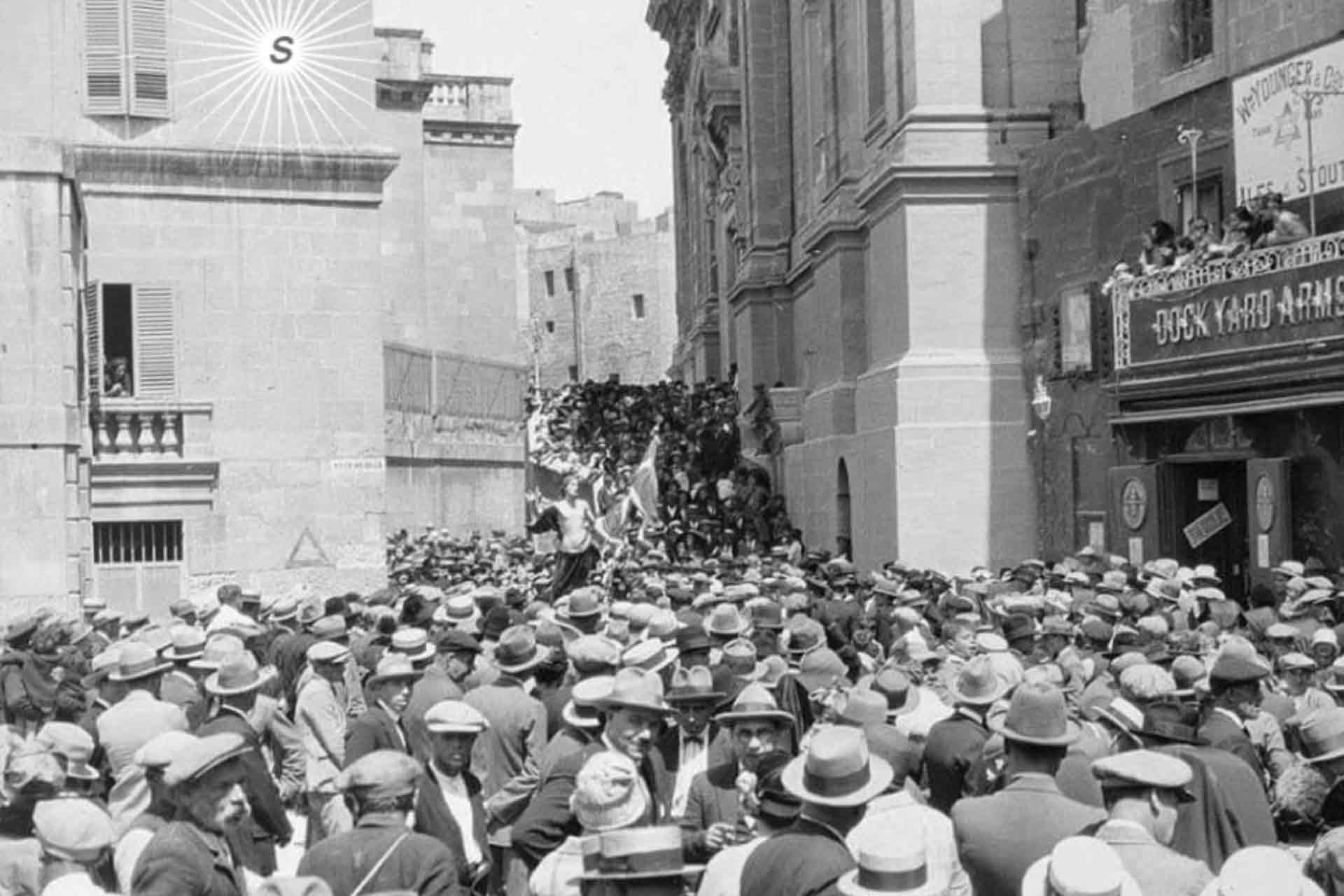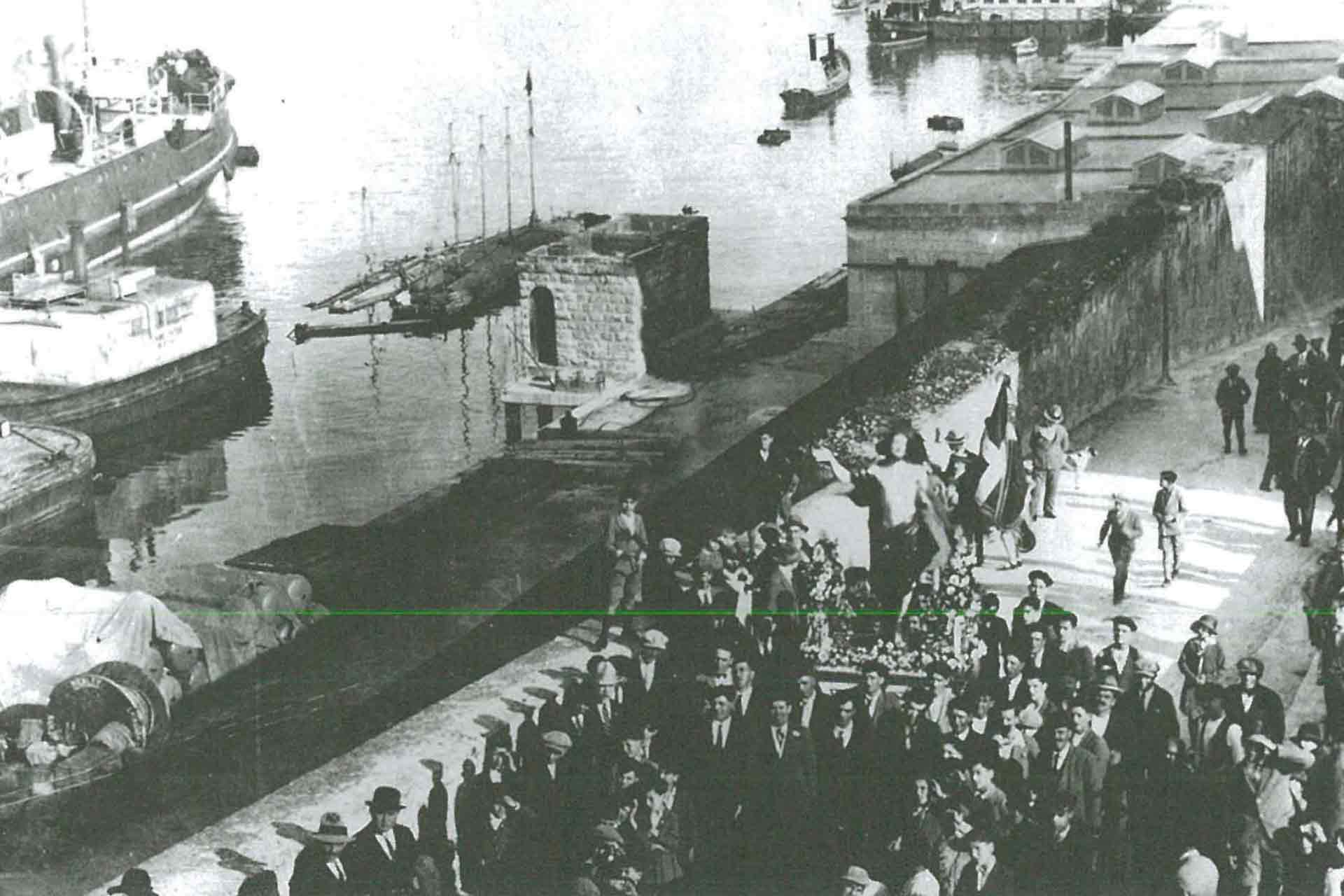L-Irxoxt: The Roots & Customs Of This Beloved Maltese Easter Tradition
by Karl Azzopardi

It's no secret that almost all of Malta's most-loved traditions are deeply rooted in the Catholic calendar, and l-Irxoxt, short for Kristu l-Irxoxt, is probably the pinnacle of such celebrations. L-Irxoxt translates to 'The Risen One', so, as you've probably assumed already, it refers to Christ and His miraculous resurrection three days after being crucified.
L-Irxoxt is celebrated on Easter Sunday, marking the end of Holy Week and all Easter celebrations in Malta and Gozo highlighted by a long-standing tradition that is fossilised in our culture — the run with the Risen Christ.
Now, before you start thinking that Christ comes down from Heaven every Easter Sunday to go for a jog in the Maltese countryside, let us clarify what the tradition involves, where it comes from and some other customs attributed to l-Irxoxt.
L-Irxoxt In Malta Explained
Essentially, 'l-Irxoxt' is used to refer to the processions that take place across the Maltese islands on the morning of Easter Sunday; where a statue of the Risen Christ is accompanied by a band and paraded around the city, village or town.
It is believed that the procession started in Birgu where the Orthodox Rhodians who migrated with the Order of St John had settled, with the first record of it dating back to the early 1700s. Back then, l-Irxoxt took place much earlier than it does today, starting at approximately around 2 am between Easter Saturday and Sunday. Despite being held at such an ungodly hour, Birgu still used to be flooded with people from all over the island.

It was loved so much that, for some time, Birgu had started holding two processions during Easter weekend — one on Saturday and another on Sunday. However, the Regional Council led by Cardinal Alessio Lepcier in 1935 brought the Saturday procession to an end, leaving only the Sunday morning procession. This tradition gradually got absorbed by the neighbouring Cottonera cities and later on, by multiple parishes across Malta and Gozo that still practice it to this day.
But what makes l-Irxoxt any different from other processions held throughout the year? That would surely be seeing the statue of the Risen Christ zooming by as the pallbearers sprint through an enthusiastic crowd of bystanders erupting in a frenzy of cheers, claps and screams at this impressive sight.

This might sound crazy to you and that's completely natural considering we're taught to not run with scissors, let alone while carrying statues on our shoulders. But, there is a valid explanation for it!
Why Do We Run With L-Irxoxt In Malta?
The short answer to this question is citations — or rather avoiding citations.
Back in the early 1800s, when Malta was considered a British Crown Colony, Governor Sir Thomas Maitland had implemented multiple reforms, one of them being a curfew for religious processions. Any processions that went over that timeframe would be penalised.
This clause cut down quite a bit of time from the normal processions, but that wasn't going to stop the people of the Cottonera from parading through their whole city. Instead of taking a shorter route, the pallbearers agreed to sprint through certain roads so that they cover the entire area while still making it back to church on time.

Over the next century, the run with the Risen Christ turned into a local tradition and was adopted by other parishes that practised this procession. This custom was also put to a halt by the Regional Council of 1935. However, much like Christ Himself, it wasn't long until it rose back from the dead.
The first report of l-Irxoxt after this ban was in Bormla in 1945. This year saw the end of the Second World War which had caused some concern within the Archdiocese of Malta. But with some persuasion and a whole lot of will by the Cottonera people, the Archbishop back then and the ones that followed him were convinced to let runs take place once more.

If you want to witness this glorious Easter Sunday event for yourself, we highly recommend that you visit the three cities that make up the Cottonera — Bormla, Birgu and Isla. Other localities that attract crowds of locals and tourists alike include Mosta, Valletta, Hal Qormi, Haz-Zebbug and Victoria (Gozo).
Just make sure you are at a safe distance from the statue during the run because there have been several unfortunate accidents in past years, like this one or this one, and this close call!
Other L-Irxoxt Traditions
While nowadays l-Irxoxt is synonymous with running with the Risen Christ statue, the procession used to involve several traditions that have been altered or lost over time – starting with the blessing of our beloved figolli.
In the past, you would typically find hordes of children running around with a figolla in their hands, eagerly waiting for the moment that the pallbearers stop to prepare for the run with the statue. When the time came, they would all raise their figolli towards the statue of the Risen Christ and pray to get His blessing to rip into it mercilessly after 40 days of abstinence.

Today, this tradition still takes place in numerous parishes across Malta and Gozo but differently. The figolla has been almost completely replaced by Easter eggs and rather than turning to the statue of the risen Christ for His blessing, children gather at their local churchyard on Easter Saturday or Sunday where a priest would be waiting to bless their sweets with holy water.
One tradition is specific to Birgu and has only recently lost popularity — the blessing of the port. Being an island, Malta's ports had always served as its main source of livelihood for most of its history. So, once the procession reached the top of the fortifications known as is-Sur tat-Toqba, the procession would turn the Risen Christ statue towards the Grand Harbour as a way of showing gratitude and asking for His blessing.

Another old custom that used to be practised during l-Irxoxt took place at the Dominican Priory (Kunvent tal-Lunzjata) in Birgu. On Palm Sunday, a cross made from olive tree branches that would have been blessed with holy water was hung at the convent's entrance for an entire year. Just before the l-Irxoxt procession on Easter Sunday of the following year, this cross would be placed in the middle of the street and set on fire. The procession would then walk over its ashes, symbolising Christ's triumph over His passion and death.

If you wish to read more interesting articles about Maltese culture like this one, check out our articles in the Tips Culture section.
References:
'Drawwiet f'Jum l-Irxoxt Fil-Birgu ta' Dari' - Attard, A. (2017). L-Imnara, 11, (1), 30-32.
'Drawwiet Tradizzjonali fi Zmien l-Ghid il-Kbir' - Gauci, G. (2003). L-Imnara, 7, (2&3), 103-105.



